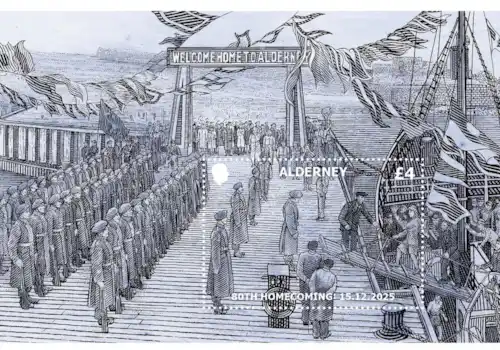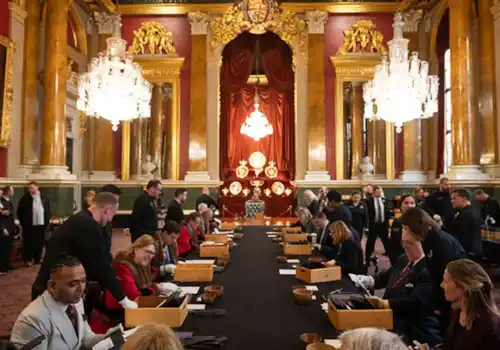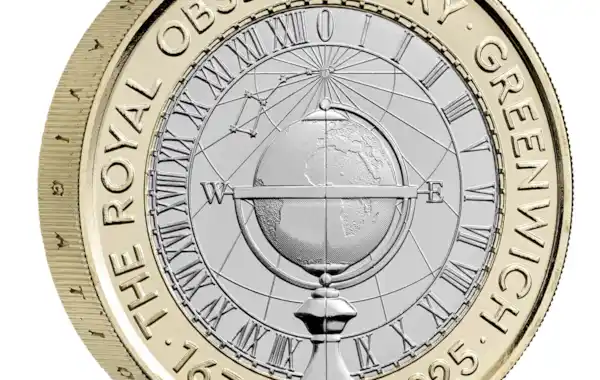08 July 2025
|
To celebrate 350 years of Royal Observatory in Greenwich, a new brilliant uncirculated £2 coin has been released. But why is this important to our history? And what do older observatory coins value at today?
£2 Coin
The reverse of the coin features an intricate design by Henry Gray. The Royal Observatory has made two key scientific elements, which the coins depicts. These are the Prime Meridian and a 24 hour dial representing the Shepherd Gate Clock.
It also includes the edge inscription 'perfecting the art of navigation.' This phrase was taken from the Royal Warrant which was signed by Charles II in March 1675.
The Brilliant Uncirculated is of a superior standard than the coins that are circulated. The name comes from the coin's brilliance because of its appearance and they are the perfect beginner collectible. The uncirculated coin will cost £17.50 to initially purchase for your collection.
The Royal Mint are also releasing a silver proof version of the £2 coin. This will cost £149 to add to your collection. These silver proof versions are double the thickness and weight of the standard coin. The makers put extra care and consideration into the coins and added a level of detail the standard ones do not have.
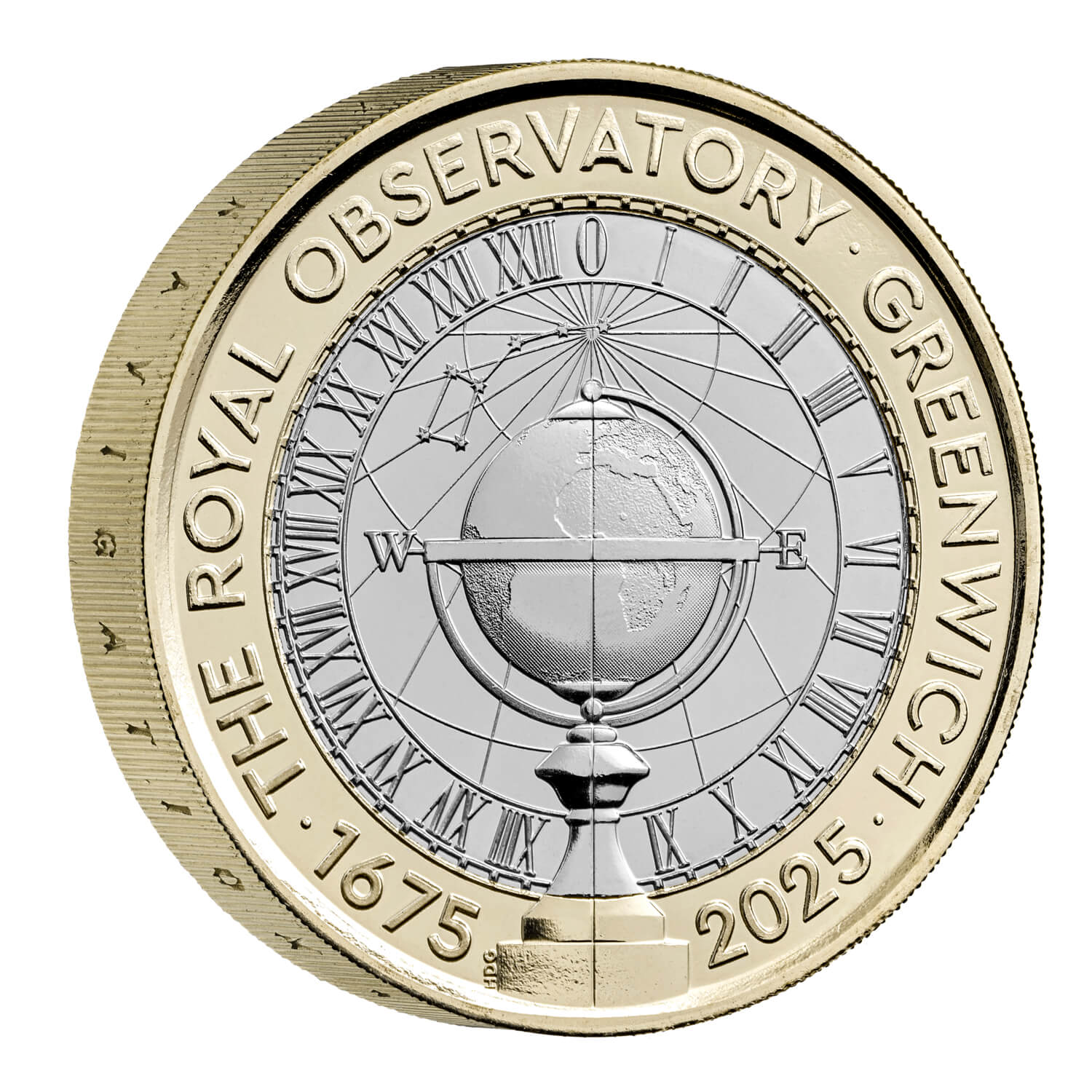
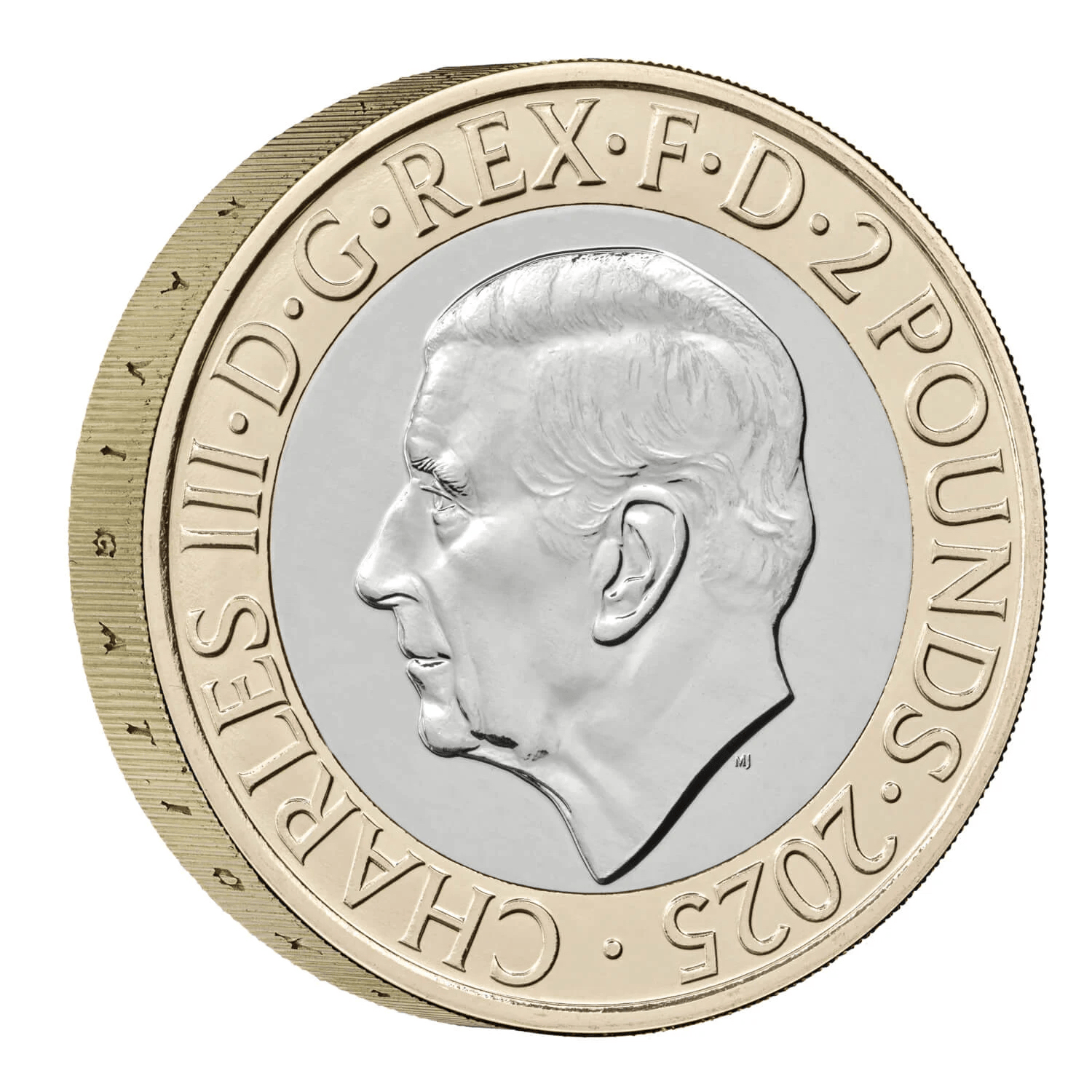
Suggested Article: Royal Mail marks 100 years of Commemorative Stamps
The History of the Royal Observatory
The coin features the Prime Meridian, this covers 20,000km and separates the eastern and western hemispheres. The Prime Meridian passes through eight countries and crosses three continents, and passes over the sea.
For centuries, people chose different meridians to be their prime meridian. By the 1800s, many people could see the advantages of everyone using the same prime meridian. The Royal Observatory was important in astronomy and navigation. This was because most shipping companies were using charts based on the Greenwich Meridian.
Representatives from different nations gathered in Washington in 1884. Here they voted for the Greenwich Meridian to be the prime meridian for the world. Engineers installed the Shepherd Gate Clock at the gates to the observatory in 1852. The first clock to ever show Greenwich Mean Time (GMT) directly to the public was the Shepherd Gate Clock.
The first thing you will notice about the clock is that it has 24 hours on its face rather than the usual 12. That means at 12 noon the hour hand is pointing straight down rather than straight up. Before this system, each town and village kept local time using a sundial. This meant a half an hour difference between the eastern and western sides of the country.
Greenwich time meant that the nation time could finally be synchronised.
Learn more about the Royal Observatory in our next edition of Stamp and Coin Collector magazine. In stores this Friday.





